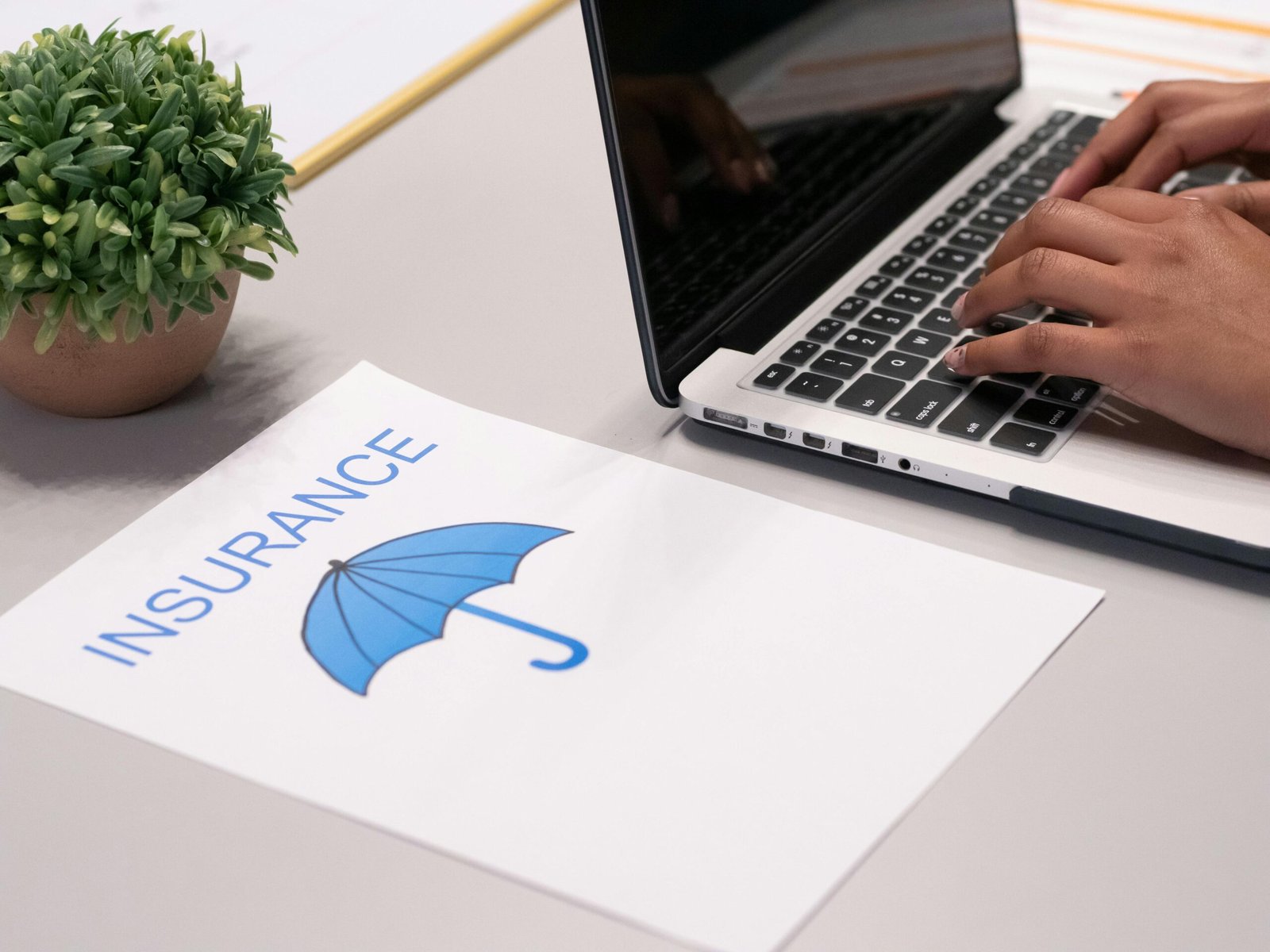The secret to exponential growth in your client base is mastering the art of quick response. A rapid, thoughtful reply can make all the difference when it comes to fostering loyalty and winning over new customers. In this article, I’ll share with you the key steps to take your business to new heights by providing exceptional response times to your clients.
- Develop a customer-centric mindset
To truly master the art of quick response, you must first adopt a customer-centric mindset. This means prioritizing your client’s needs and understanding that their satisfaction is the foundation of your success. Keeping the customer at the center of your business strategy will make you more inclined to respond quickly and efficiently to their inquiries and concerns.
- Leverage technology for speed and efficiency
Utilize technology to enhance your response times. From chatbots and autoresponders to customer relationship management (CRM) systems, these tools can help streamline your communication process and ensure that your clients receive timely and accurate information.
- Train and empower your team
Your team is the backbone of your quick response strategy. Invest in training and development programs to ensure your employees have the skills and knowledge to respond effectively to customer inquiries. Encourage a culture of empowerment where your team members feel confident in making decisions and providing solutions without always seeking managerial approval. This will improve response times and boost employee morale and job satisfaction.
Recommendation: How Net Promoter Score Can Drive Enterprise Value for Law Firms
- Create a comprehensive knowledge base
Develop a well-organized and easily accessible knowledge base for your team and clients. This can include FAQs, product guides, and troubleshooting resources that address common questions and concerns. By making this information readily available, you can reduce the time spent on resolving simple issues and focus on addressing more complex inquiries.
- Prioritize and triage inquiries
Not all client inquiries are created equal. To maximize your quick response strategy, you must learn to prioritize and triage incoming messages. Categorize inquiries based on their urgency and complexity, and assign them to the appropriate team members or departments. This ensures that high-priority issues are resolved promptly, while less urgent matters are still addressed in a timely manner.
- Establish clear communication protocols
To maintain a high standard of responsiveness, it’s essential to have clear communication protocols in place. This includes setting response time goals for different types of inquiries, establishing escalation procedures for complex issues, and regularly monitoring performance to identify areas for improvement. Regularly review and update these protocols as your business evolves to ensure continued success.
- Solicit feedback and continuously improve
Embrace a growth mindset and recognize that there is always room for improvement. Solicit feedback from your clients and team members to identify any pain points or inefficiencies in your quick response strategy. Use this feedback to make data-driven decisions and implement changes to enhance further your ability to provide exceptional service.
- Showcase your responsiveness
Let your clients know you prioritize their needs by showcasing your commitment to responsiveness. Share testimonials from satisfied customers, and include response time statistics on your website and marketing materials. When potential clients see that you’re dedicated to providing rapid, high-quality service, they’ll be more likely to choose your business over the competition.
- Build a responsive company culture
A quick response strategy is only as strong as the company culture that supports it. Foster a responsive culture by celebrating successes, acknowledging employees who go above and beyond in providing exceptional service, and reinforcing the importance of customer satisfaction at all levels of the organization.
- Monitor and analyze performance
Track and analyze key performance indicators (KPIs) related to response times and customer satisfaction. By regularly monitoring these metrics, you can identify trends and areas for improvement, allowing you to make informed decisions about your quick response strategy. Use tools like analytics software and CRM systems to help you gather and analyze this data effectively.
Recommendation: How Attorneys Can Enhance Client Experience
- Be proactive in anticipating client needs
To truly excel in quick response, you must also learn to anticipate your client’s needs. Stay informed about industry trends, and continuously evaluate your products and services to identify potential pain points before they become issues for your clients. By proactively addressing these concerns, you can minimize the need for reactive responses and further enhance your reputation as a responsive and attentive business.
- Offer multiple communication channels
Provide your clients with multiple channels through which they can reach you, such as email, phone, live chat, and social media. Offering various options ensures that your clients can communicate with you in the most convenient manner. Be sure to maintain the same high standard of responsiveness across all channels to create a consistent and positive customer experience.
- Establish a follow-up system
A quick initial response is essential, but don’t forget the importance of following up. Implement a system to track and manage follow-up communications, ensuring no client inquiry falls through the cracks. By staying engaged with your clients and addressing their ongoing needs, you can foster long-lasting relationships that contribute to the growth of your client base.
- Embrace transparency and accountability
When it comes to quick response, transparency, and accountability go hand in hand. If there are any delays or setbacks in resolving a client’s issue, be honest and upfront about the situation. Keep your clients informed about progress and take responsibility for any errors or miscommunications.
- Celebrate and reward success
Recognize and reward the efforts of your team members who excel in providing quick, high-quality responses to your clients. By celebrating their successes, you can reinforce the importance of a quick response culture and motivate others to strive for the same level of excellence.










